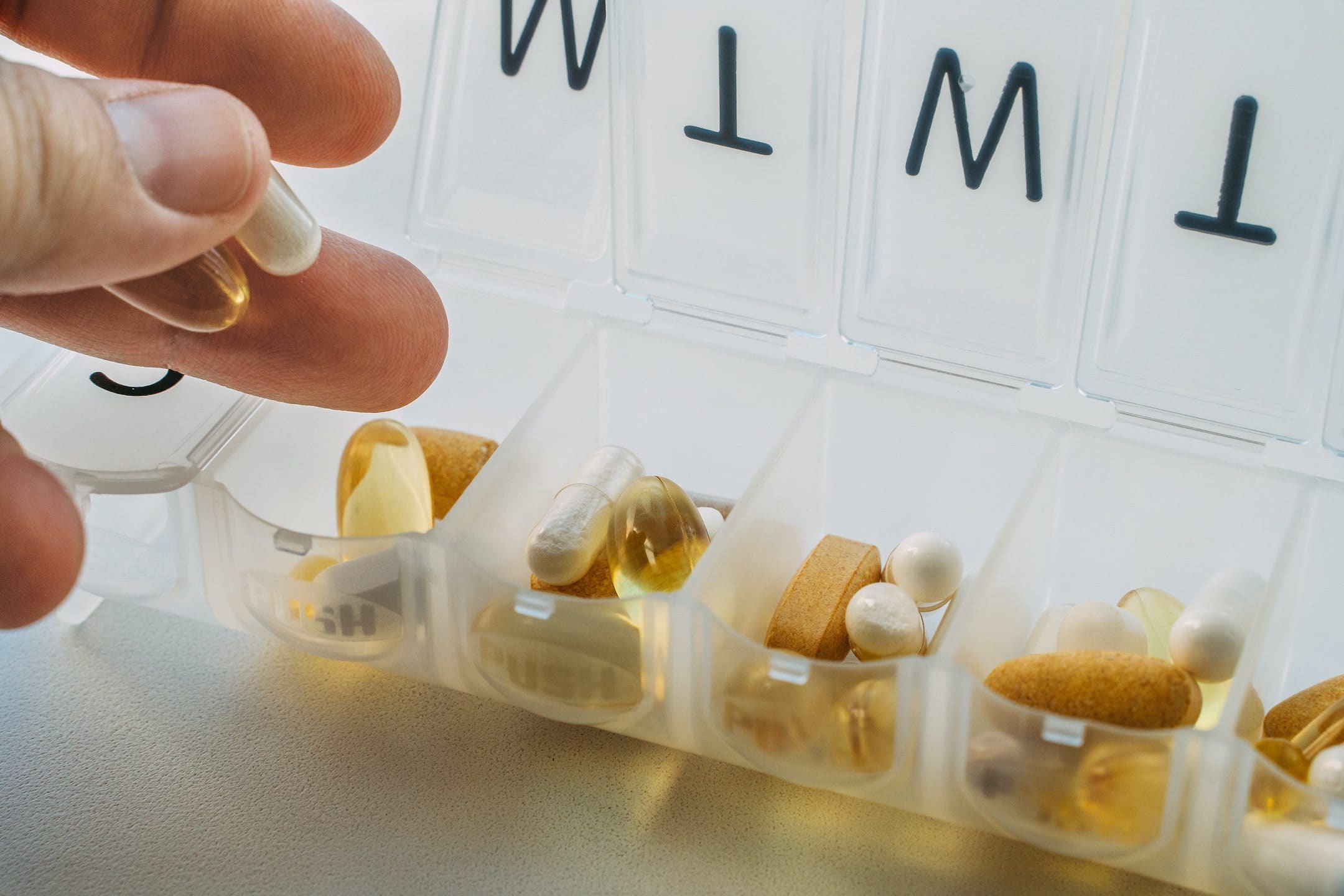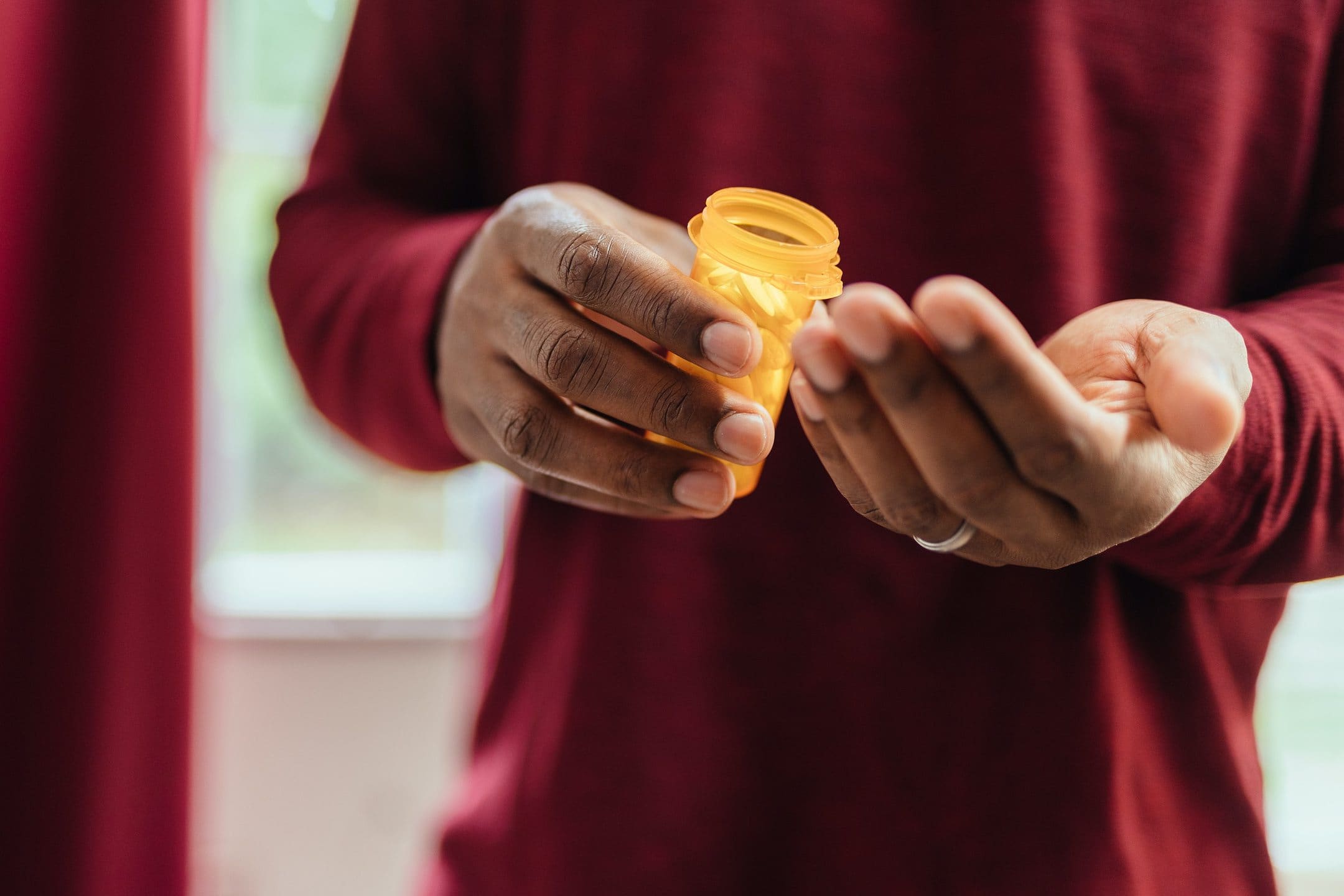Key takeaways:
-
Adults exceeding five hours of exercise per week could be at risk of heart damage, enlarged arteries, and even bone mineral loss.
-
A 2017 study showed that men who trained at higher intensities, such as pro-athletes, appeared to be linked to damage in sperm quality, suggesting that those participating in periods of intense exercise should take proactive measures to store assets.
-
As with most areas of life, striking a healthy balance between exercise and sedentary living should provide the most positive results to men seeking to safeguard their fertility.
In a world where nearly everyone seems to devote more time to fitness routines, not to mention intensifying, perfecting, and optimizing them, can an excess of exercise unintentionally wind up providing negative results?
Yes, exercise is generally good for a person’s physical, mental, and emotional well-being, but overdoing it “can have serious consequences for your body and brain”, says a recent article from Business Insider. In fact, going much above the government-recommended five hours of exercise per week for adults doesn’t increase health benefits – and could instead lead to heart damage, enlarged arteries, and even bone mineral loss.
For men in particular, intense exercise has been demonstrated to negatively effect libido. A 2017 study published in the journal Medicine & Science in Sports & Exercise (MSSE) concluded: “Exposure to higher levels of chronic intense and greater durations of endurance training on a regular basis is significantly associated with a decreased libido scores in men.”
Pro vs. recreational levels
The MSSE study went on to say that physicians advising couples on infertility issues should bear in mind the extent to which their male patients exercise and train at endurance levels, as that factor could play a complicating role in treatment.
Another study from 2017, this one a study review published in the American Journal of Men’s Health, took a closer look at the impact of intense exercise on semen quality. Previous studies had indicated that there might be a difference in semen parameters when comparing samples from men who exercised recreationally with those collected from professional athletes.
When it came to recreational athletes, for instance, exercise appeared to have either a neutral or positive effect on semen parameters. On the other hand, however, those who trained at higher intensities, such as the pro athletes, appeared to be linked to “more profound changes in semen quality”.
The study review covered a variety of activities, including cycling, running, and mountaineering, and even shed some light on the effects of doping on semen parameters: A covered 2015 study published in the European Journal of Endocrinology indicated that anabolic androgenic steroids, described as the ones typically used for doping by male athletes, were also determined to be the likeliest to cause damage to the reproductive system.
As far as the factors that affect the quality of semen, the study review stated that complications with the development of sperm cells that manifest during the developmental period “are usually permanent” – which suggests that those anticipating periods of intense athletic training should take proactive measures to store assets before any non-reversible damage to sperm quality occurs.
How much exercise is too much?
Anyone considering changes to an exercise routine – whether beginning, moderating, or intensifying – should first consult a physician to determine to best overall approach that will suit one’s health, age, and condition. Given the information above concerning the potential impacts of anabolic steroids, it seems wise to avoid any form of exercise or exertion that would involve the use of these substances.
Zeroing in on specific forms of exercise, a March 2011 study published in the journal Fertility and Sterility indicated that subjects who worked out on a bicycle for 5 or more hours per week were associated with lower sperm concentrations as well as total motile sperm count (TMS), a factor that measures the number of sperm with swimming ability.
One study published in 1994 in the International Journal of Sports Medicine found that men who ran for an average of 108 kilometers (approximately 67 miles) per week for a period of 12 months were linked with decreases in several sperm parameters as well as sperm motility and concentration.
And, aficionados of mountain climbing might wish to heed the results of a trio of studies that indicate the negative effects of higher altitudes on fertility.
One of the studies, published in July 2011 in the journal Fertility and Sterility concluded that physical exercise at high altitudes (in this case, the mountaineers were exposed to altitudes at roughly 19,357 feet above sea level) showed forms of testicular dysfunction that led to reduced sperm concentrations.
As with most areas of life, striking a healthy balance between exercise and sedentary living should provide the most positive results to men seeking to safeguard their fertility. Testing and storing assets also can provide peace of mind for those who wish to keep open as many options as possible.



